Spring is one of my favorite times in the school year. The kids are finally able to get outside and burn off that extra energy, and I feel like I personally have more energy to put into teaching. The kiddos can, however, get a little squirrelly from spring break and all that fresh air, so I have to make sure that whatever I put in front of them is super engaging! That’s where my Spring Math & Literacy Centers for Kindergarten or First Grade come in.
Both of these packs have games and activities for centers/partner work, as well as printable sheets that you can use right away or send home for homework. Here’s a little peek inside!
If these look interesting to you, but you need only one subject (math or literacy), click here for Kinder math, here for 1st grade math, here for Kinder literacy, and here for 1st grade literacy.
Last but not least, I have a freebie for you! During the spring, in any grade I’ve taught (K-2), I’ve tended to focus a lot on word problems. It seems that my students always struggle with the language of word problems, and by springtime, I’m thinking, “Eek! We have got to master this before the end of the year!”
So I developed these “make your own word problem” activities with a spring theme. These are a set of word, number, and picture cards that kids can arrange and rearrange to create different word problems. I like having students work in partners – one person creates the word problem and the other person solves it. This is much more fun than doing lots of word problem worksheets!
Here are some of the different ways that you can use the cards:
Give your students number cards, picture cards, and operations cards as shown above. Have them create simple number sentences for each other and then use manipulatives to solve.
This word problem is a bit more complex. Students can use simple language to create “how many in all,” “how many are left,” “how many more,” and “how many fewer” problems.
In this last example, 2-digit numbers are used to increase the challenge of the problem.
This free set lends itself to differentiation in so many ways! First, you can determine which students get which set of cards (there is a “beginner” and “advanced” set included). Students will also self-differentiate, because the lower kids will stick to creating the same types of problems that you model, while the higher kids have the freedom to be a bit more creative and make different types of problems.
Click on the image below to download for free. I hope you enjoy!!


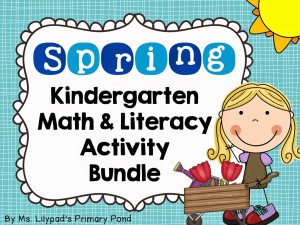

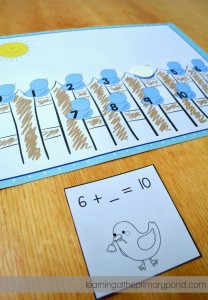
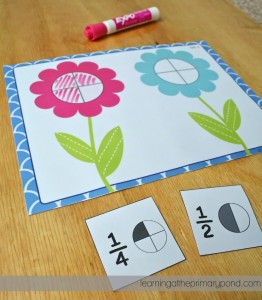
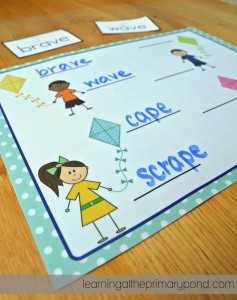
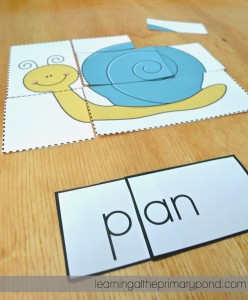
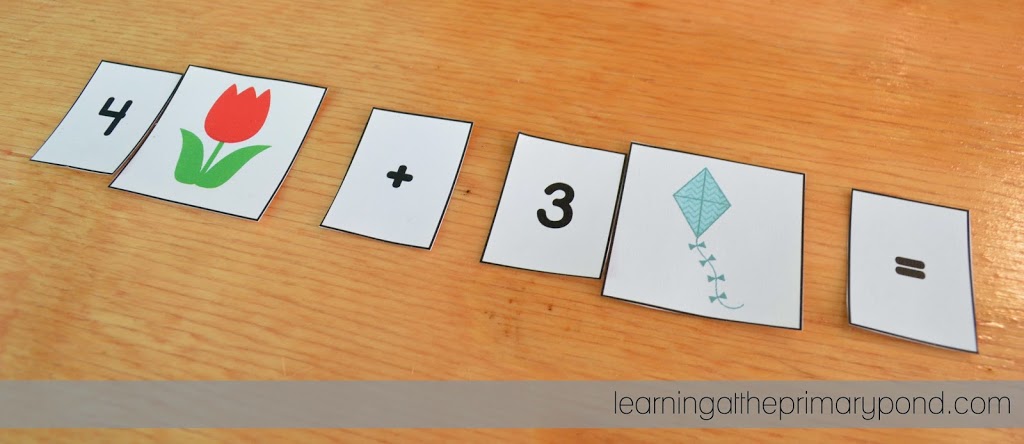

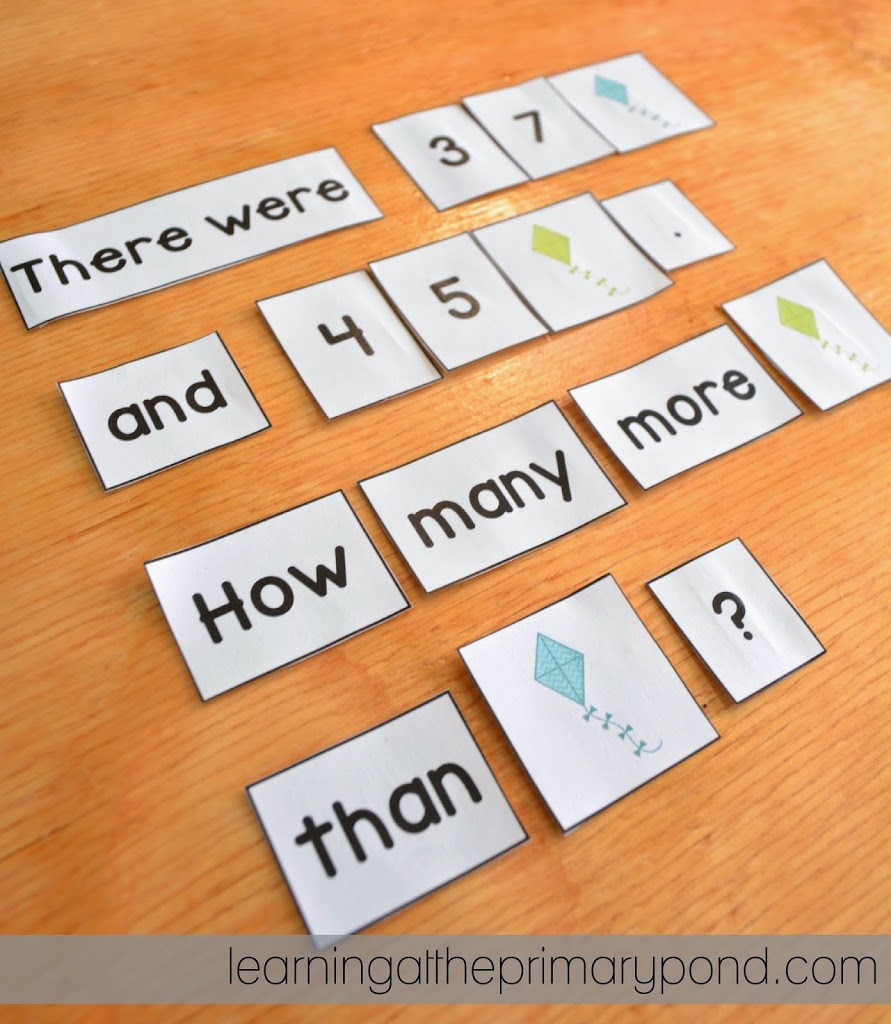
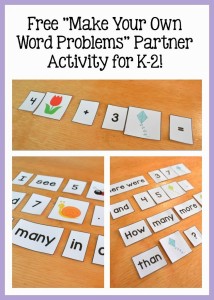
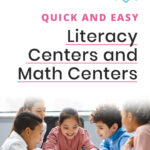

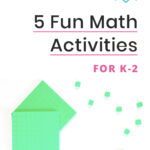
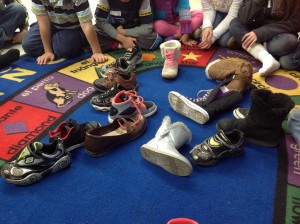

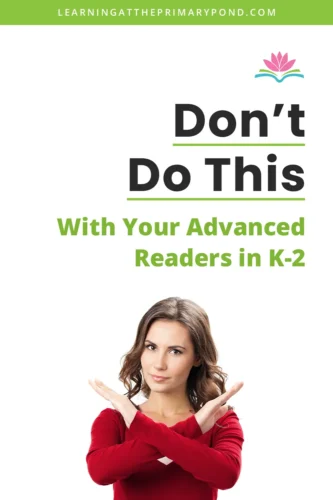






Very informative
Very useful information